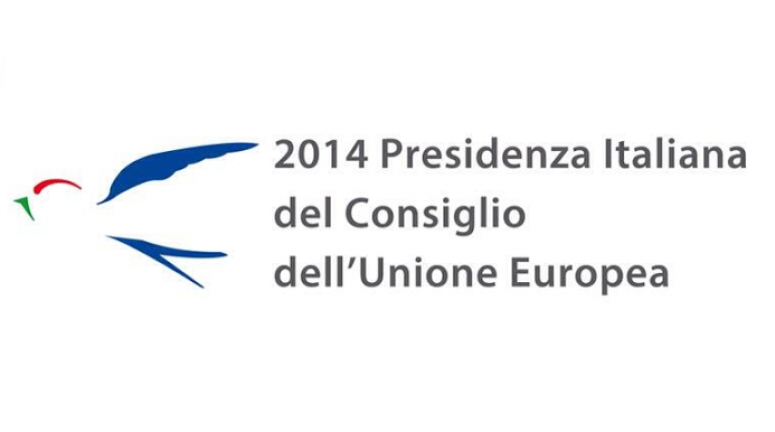EAHP EU Monitor - 06 August 2014
 The EAHP EU Monitor is a regular round up of news relevant to hospital pharmacy in Europe.
The EAHP EU Monitor is a regular round up of news relevant to hospital pharmacy in Europe.You can subscribe to receive the EAHP EU Monitor by email here.
Registrations and abstract submissions for 20th Congress of EAHP now open!
Early bird registration for the 20th Congress of the EAHP in Hamburg (25-27th March 2015) can now be made! The portal for submitting abstracts for potential inclusion in the Congress poster walk is also now open (deadline for submissions 15th October).
More information about the 20th Congress of EAHP, including registration and abstract submission details, here.
 European Parliament scrutinise Italian Presidency health priorities
European Parliament scrutinise Italian Presidency health priorities
The European Parliament’s Health Committee has conducted a hearing with Italian Health Minister Beatrice Lorenzin to examine the health priorities of the Italian Presidency of the EU Council (EU member state national governments).
Whilst the main focus of the six month Presidency will be on economic growth and employment, a certain amount of focus will also be given to health issues. In particular, the Presidency will seek to move forward long running discussions between EU Governments about a replacement set of regulations to govern the safety assessments, traceability and vigilance systems for medical devices made available in the EU market.
Ms Lorenzin also referred to plans under the Italian Presidency to address again whether EU national Governments can agree on measures to improve the transparency of national medicine pricing decisions. The European Commission has proposed a number of changes to the current Directive 89/105/EEC which provides a certain number of obligations on countries in this regard. However the Directive (often referred to as “the Transparency Directive”) has not been amended since its creation in 1989, and the Commission considers it does not take account of developments in the intervening period of time (e.g. greater use of generics). However, national Governments have previously been unable to come to agreement on the suggested amendments, with differences of opinion about the scope of EU competence in the area a point of contention.
More information here and here.
World Health Organisation consults on assignment of biological qualifiers
The World Health Organisation (WHO) is welcoming views on a proposed system ‘for assignment of Biological Qualifiers to similar biotherapeutic products (SBPs)’, with views requested to be submitted by 19 September 2014.
A point of debate is whether biosimilars should be given the same International Proprietary Name (INN) as brand-name biologics. The global INN system is overseen by the WHO.
In the proposal issued for consultation, WHO suggests that the current system for choosing INNs remain intact, but that a four-letter code (a ‘ Biological Qualifier’), be assigned at random to a biological active substance manufactured at a specified site, and should be attached at the end of the name.
The approach, which would apply retroactively, would be voluntary in so far as individual regulatory agencies in each country could choose whether to adopt such coding. The scheme would be overseen by the WHO INN Expert Group and administered by the WHO INN Secretariat, in order to avoid proliferation of separate and distinct national qualifier systems.
More information here and here.
EJHP: dose-banded syringes of patient-controlled opioid analgesic infusions in children
An open access article recently published in the European Journal of Hospital Pharmacy examines the feasibility of using dose-banded syringes to improve the safety and availability of patient-controlled opioid analgesic infusions in children.
Noting the high risk of medication error for opioid infusions for children, and the lack of international standard practice or guideline on the way that patient controlled analgesia (PCA) is administered, the article explores the system management approach piloted in the Evelina London Children's Hospital (200 bed), and the extent to which it may offer safer practices for the delivery of opioid analgesia.
Article here.

.jpg)




